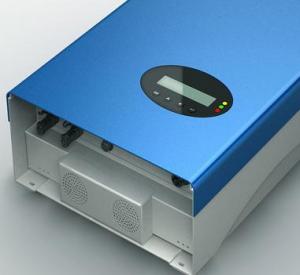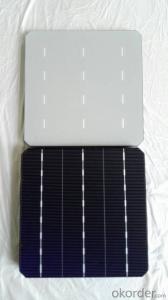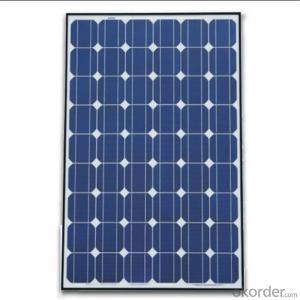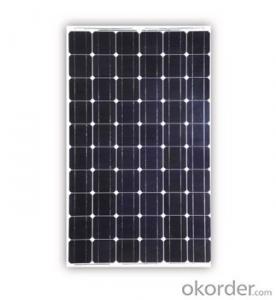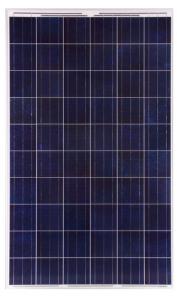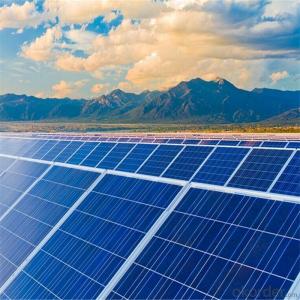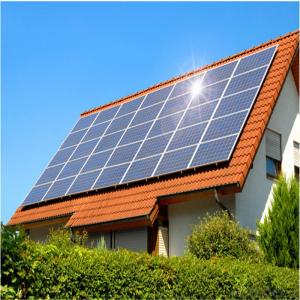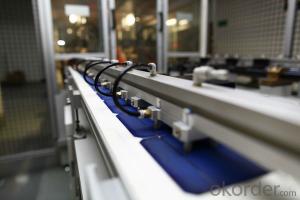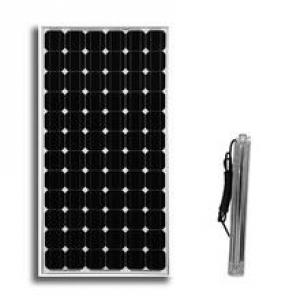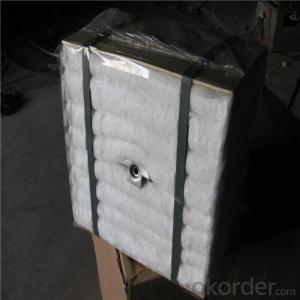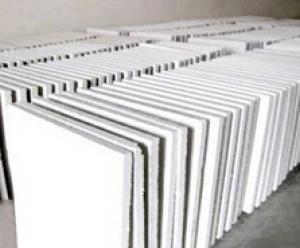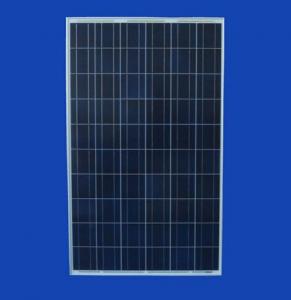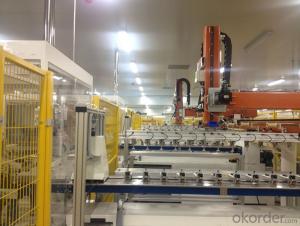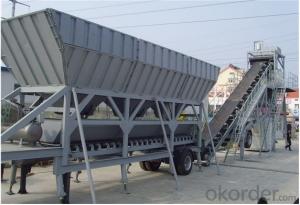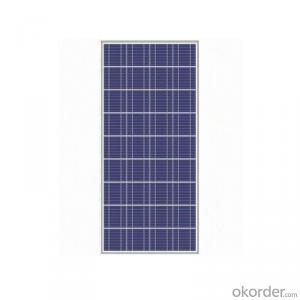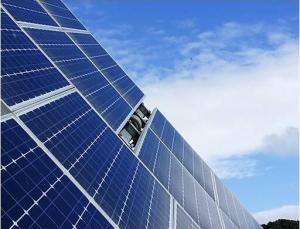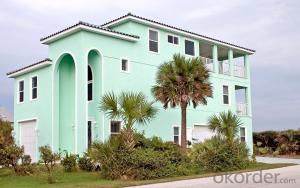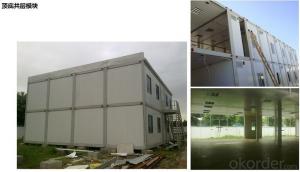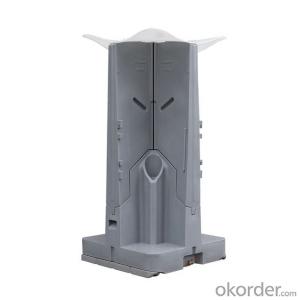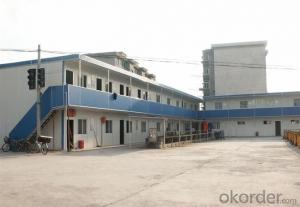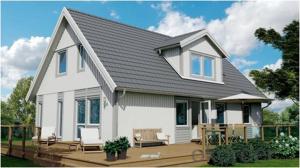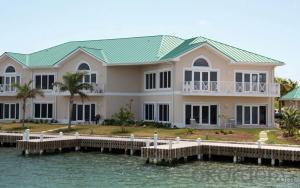Solar Cell Module
Solar Cell Module Related Searches
Solar Cell Solar Module Solar Module Solar Battery Module Solar System Module Solar Power Module Solar Panel Module Solar Energy Module Solar Photovoltaic Module Module Solar Solar Module System Solar Charger Module Solar Cell And Solar Module Module Solar Panel Solar Light Module Solar Led Module Solar Air Module Solar Power Bank Module Solar Cell Module Assembly Solar Hybrid Module Solar Battery Charger Module Solar Thermal Module Smart Module Solar Solar Tracker Module Solar Power Management Module Solar Ac Module Solar Sound Module Solar Tracking Module Solar Sync Module Solar Module Components Half Cell Solar ModuleSolar Cell Module Supplier & Manufacturer from China
Solar Cell Module, also known as photovoltaic modules, are devices that convert sunlight into electricity. These modules consist of multiple solar cells, which are made from semiconductor materials such as silicon. They are designed to absorb photons from sunlight and generate a flow of electrons, creating an electric current. This technology has become increasingly popular as a renewable energy source, offering a sustainable and eco-friendly alternative to traditional energy production methods.Solar Cell Modules are widely used in various applications, including residential, commercial, and industrial settings. They are commonly installed on rooftops, in open fields, and even on floating platforms on water bodies. These modules can be used to power homes, businesses, and even entire communities, providing a clean and reliable source of energy. They are also used in off-grid applications, such as powering remote locations or providing energy for emergency situations.
Okorder.com is a leading wholesale supplier of Solar Cell Modules, offering a vast inventory of high-quality products at competitive prices. As a reputable supplier, they ensure that their products meet the highest industry standards and are suitable for a wide range of applications. By partnering with Okorder.com, customers can benefit from their extensive experience and expertise in the solar energy industry, ensuring that they receive the best possible products and services for their specific needs.
Hot Products




